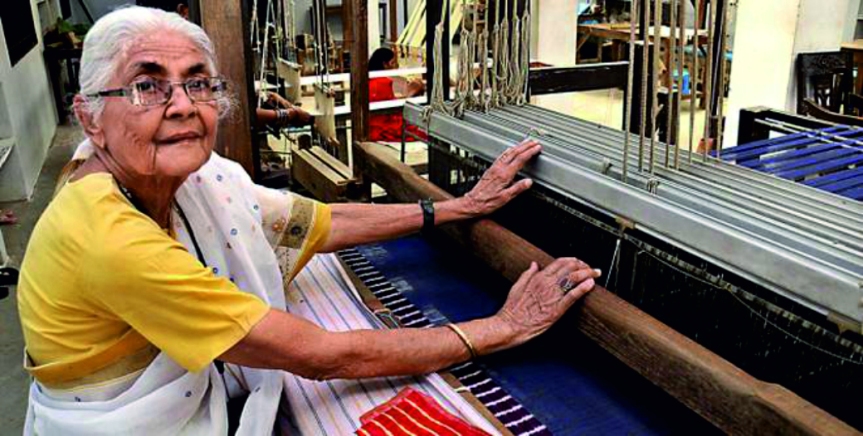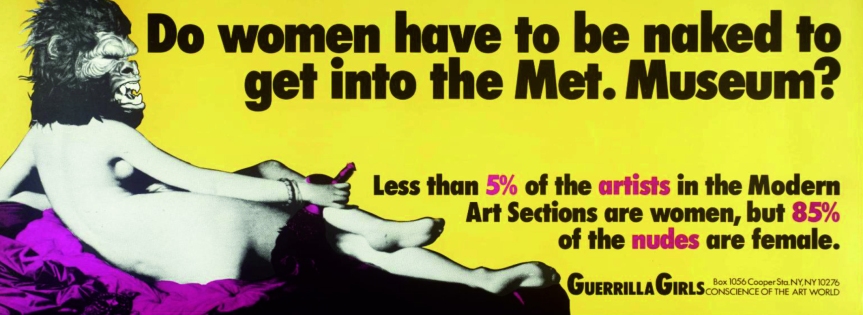
B.PADMA REDDY

image description
Mrs. Padma Reddy from Hyderabad plays the dual role of being a practicing and teaching artist. Born to an artist father she was always surrounded by and encouraged to explore art, which led her to her pursuing academic qualification. Married to an artist she holds her own not only as an individual but also a woman. In a freewheeling informal chat, she speaks of her experiences, learnings, struggles and hope for art in the future generations.
Sandhya Santosh: Could you tell us something about your early growing up years, and their impact on your career choice?
Padma Reddy: I have this wonderful father who has a way with children. His out of the box thinking and novel thoughts, what he taught or rather imbibed in us half a century back are so relevant now and I realize this more today as an adult; an artist, a mother, and as a teacher. I have had a wonderful childhood – creative, interesting, very guided and absolutely loved. He was a teacher in our Vidyalaya managing the most vibrant art department. Not only me, there were hundreds who painted and would probably have become artists if left to make a choice on their own. He taught me that success is relative and never do art to make money.
SS: What were your early creative influences?
PR: As I said, my school and my father who involved me in all his artistic and academic endeavours. I got involved with art and literature because of him. I was painting, reading, writing participating in competitions, viewing exhibitions most of the time as a child.
SS: Whom do you idolize, and why?
PR: I have no idols per se. But I cherish the qualities in people that I admire. I learn, get inspired and make them tools to enjoy my life.
SS: What is your most preferred medium of art? How and when did you realize, or come to choose it?
PR: I am a printmaker and I like to use various mediums of print and printmaking to create my ideas. While I love making large woodcut prints, I enjoy making small etchings and the greatest pleasure is creating a work of art juxtaposing the complexities with the different mediums, not adhering to the basic rules of printmaking and arriving at what I have to convey.
SS: What are your major sources of inspiration?
PR: Mankind, people, the capacities and complexities of human mind, the intrigue that is felt every time faced with something out of my preview. Myself, my family, my home; to say it is an interesting world is an understatement. The scope of things is unlimited.
SS: How do ideas take birth for your creative work?
PR: A thought from a situation or circumstance, leading to another one, and another one; it is unstoppable.
SS: How do you manage to keep the process of creativity constant?
PR: Just as any creative person, I am receptive to certain nuances – huge, minute or very ordinary, that are translated into metaphors, symbols, and eventually art works.
SS: Was there a dull/low period that you went through? How did you cope with / come out of it?
PR: Yes, surprisingly when I got married. I thought it would be an impetus for me to work better with new experiences, newer possibilities. I could not handle the gamut of responsibilities. This was the first time I felt like an ordinary woman, the expectations, the falling short, and the frustrations of being a woman. But I got a lot of time to contemplate, study, think and celebrate these feelings of burdened domesticity, male chauvinism, maternal bliss, the marital status bestowed upon, immense pain the universal subjugation of women, and the fear of losing identity.
SS: How do you get over a block when faced with one?
PR: I give it some time. The restless mind, always seeking, always on the prowl and the world with this mankind, has to offer unfathomable situations. When the mind is triggered, the scope is just limitless.
SS: What is your major personal philosophy behind your work? What do you intend to reflect in your art? How does a woman’s gender identity affect her work?
PR: My gender is the basis of my work. It decides the way I think and therefore my work. It enables me to put forth things that I cannot speak of or that I cannot practically perform. Art for me is a basic means of expression wherein I have all the liberty to unleash my stored memories, my reactions to visible situations and circumstances. It’s something that’s only mine, unconditionally mine. I negotiate my thoughts in my work through my work. Every work of mine is an intention to be communicated or to be put forth after a lot of introspection and dialogue with myself. My works are a result of a series of introspection, negotiations, , and a tapestry of my complex thoughts. They are mostly autobiographical; I speak my thoughts.
SS: How have you managed your work / life balance? Would you have done anything differently if you had to do it all over again?
PR: Yes!! You can say that. I have been balancing. Being the good daughter, good mother, good wife, the best teacher and a sincere expressionist, and I have been happy doing it. Maybe I could shed this ‘being good’ thing and be deliberately selfish; upping the adventure and the ‘badness’ instead of balancing. Maybe think like a man, a husband’. That could be good too, resulting in a bigger body of work.
SS: How does the Indian art fraternity treat a woman artist?
PR: A woman is a woman. For the Indian Art fraternity or just Indian fraternity.
SS: Is there gender inequality in the Indian art community (opportunities / earnings / recognition)?
PR: The gender inequality will always be there despite everything and anything. The underlying complexities are unspoken and camouflaged. This is a fact and everyone knows it.
SS: Since you are one half of an artist couple – What are the constructive factors of being in such a relationship? What are the challenges? What about the spirit of competition / stress of the creative process / taking inspiration from and inspiring each other?
PR: I enjoy viewing good art, discussing art, enjoy the studio ambience, share experiences and so on. But being a woman it could all be just one sided.
SS: What are your personal struggles with your vocation / creativity / criticism / acceptance?
PR: The struggle is with myself pertaining to creativity, criticism and whatever comes my way.
SS: You are an art teacher too. What are the joys/challenges of inspiring young minds to take up and excel in art?
PR: That is real bliss; the unperturbed, uncontaminated minds ready to accept, experiment, explore and challenge with no inhibitions. Students are a paradox, they are, I , the purest form of givers and receivers. I am in the happiest state of mind when I am with children. They are equipped with all that is lost to us over the years, and while with them I get back into that lost form of what l was.
SS: What advice would give to young girls and women who aspire to become artists? Can they take it up as a career that would make them financially independent?
PR: Know your priorities. When you are starting at is one part of your life. It becomes your life when you are into it, it’s a different thing. Before anything you should be aware of a lot of things, aware of yourself, what do you want, why do you want to become an artist – for money, for fame, to travel, to have a good audience, or you want to become an artist because you want to enjoy your life? Art should be integral to your life.
Work sincerely and work hard, there is no substitute for that. Learn to take everything in your stride, let not things rule you. You have to be the person to dictate your art.
Lead your life independently
SS: What is your advice to them on choosing a mentor?
PR: Choose with care and take time to believe in the right one. They can make or break you.
SS: How do you think technology has affected the current generation’s approach toward art? What should they be wary of / what can they take advantage of?
PR: Technology is fantastic; the laurels of the human intelligence. I admire intelligence. Just love it. It is inevitable that the present generation and technology are inseparable. It is fascinating to amalgamate the unfathomable technical innovations with artistic sensibilities and creativity peculiar to the mind of a visual artist. Combining the two sensibly would just be fantastic. One has to break out of the conventions but with caution.
SS: What are some of the experiences / art works that you hold dear to your heart?
PR: I work after a lot of subconscious deliberations. It tires me emotionally. I can’t afford to not like any of my art works.
SS: What are the new media that we should pay attention to?
PR: The medium one employs has to be a necessity for the artist to put forth their ideas. Rather than think of a new medium as it is ‘contemporary’, it is more important to be involved with their work and discover the suitable medium to up the work. Regular work and being aware of the modern trends and proper knowledge of technology helps of course.






















